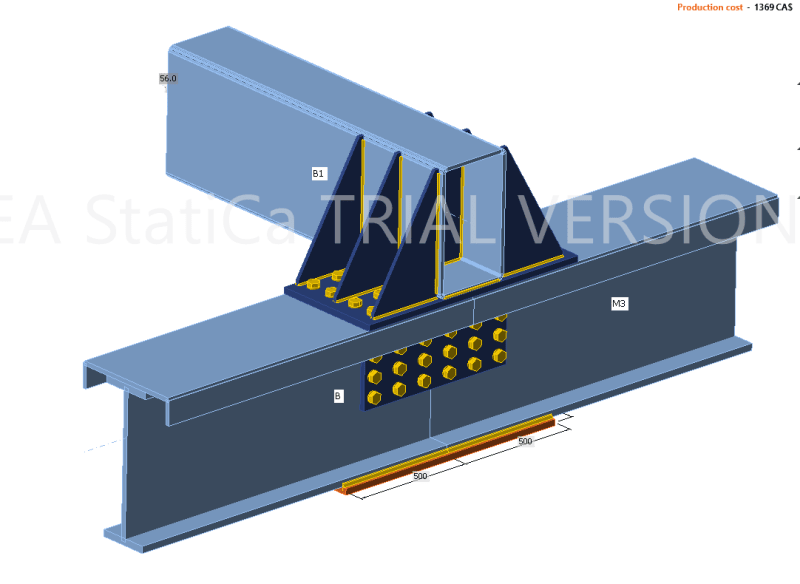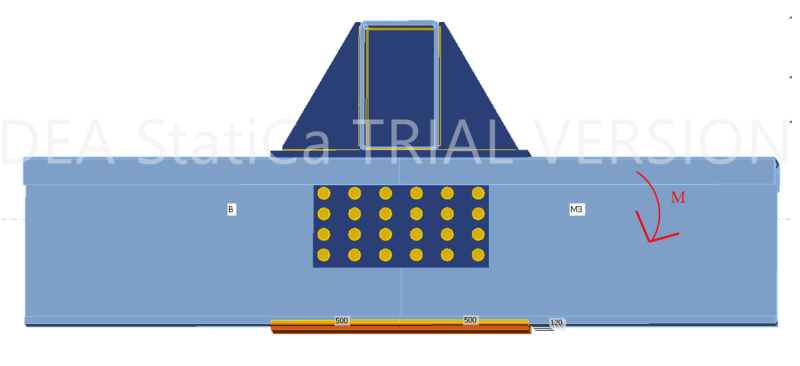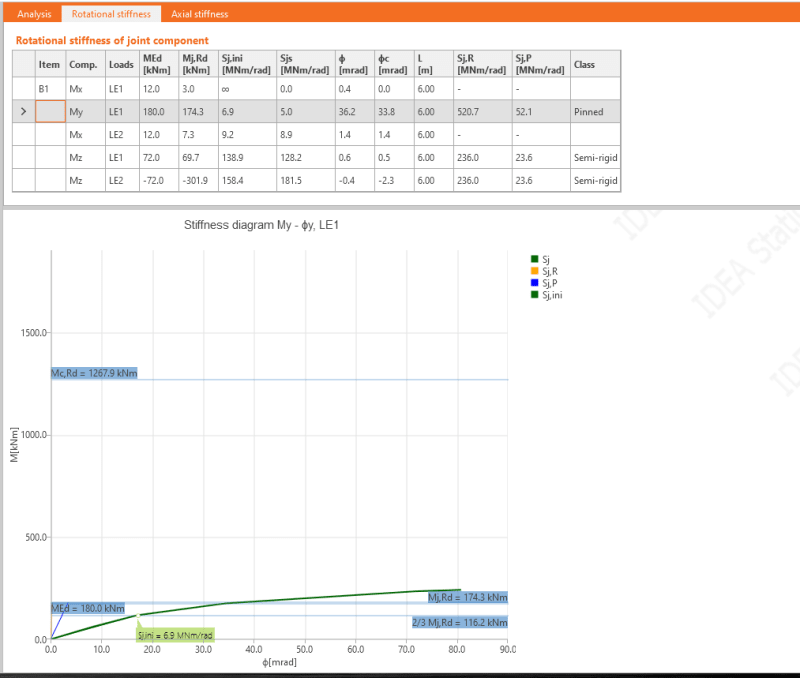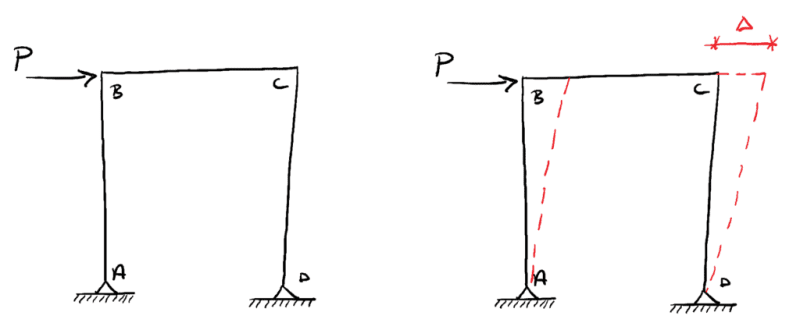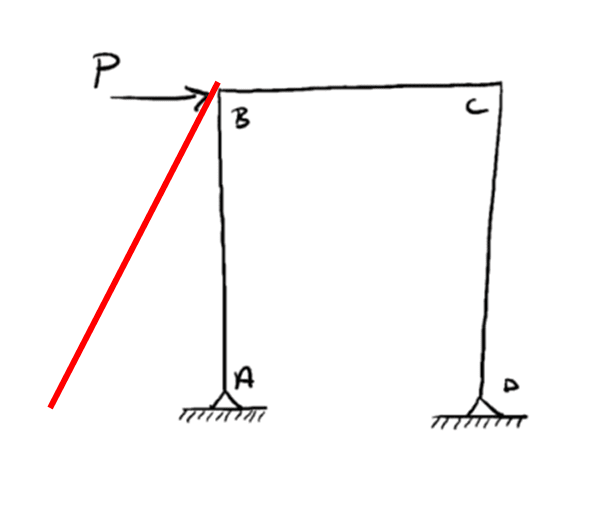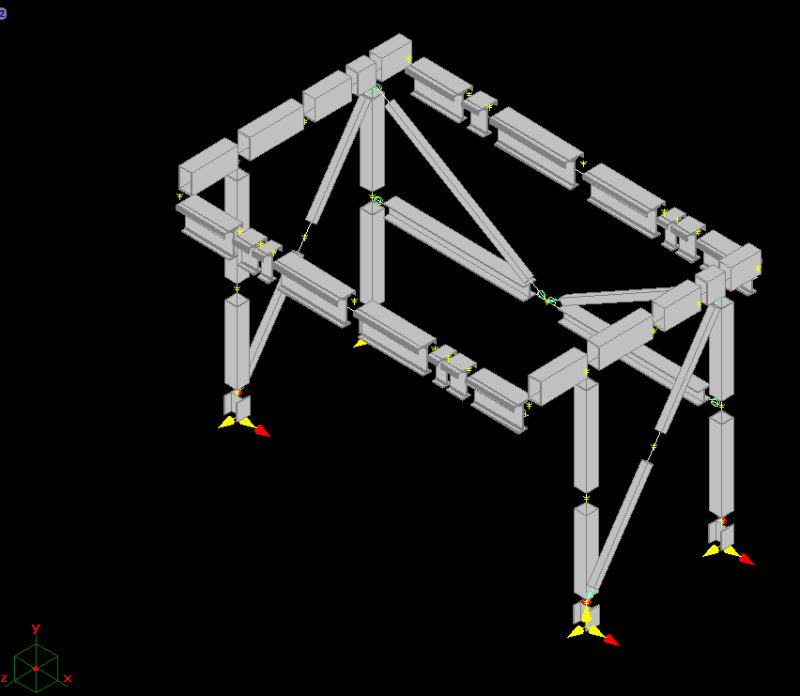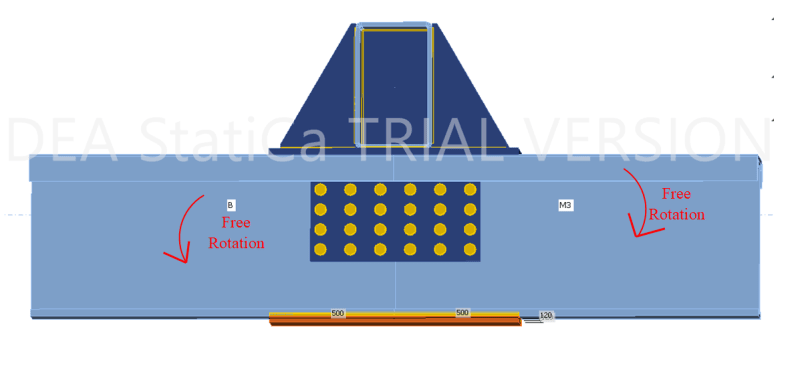"I know that this connection is sufficiently resistant (it was also verified that the connection was sufficiently resistant in Idea-StatiCa). However from I understand, these are the consequences:
1) Since it is not very stiff, it will deform alot in rotation.
2) Thus, the issue will be that the infinite stiffness assumption of the moment connection in my Advande Design America model for the member calculation will be different from reality.
3) Hence, the forces will be spread differently in reality vs in my model.
"
If you have assumed infinite stiffness for member calculation and the connection design shows minimal rotational restraint, then you are right, and the actual mid-span (for example) values of bending moment in beams connected in this joint will be larger than your model predicts. The conservative estimate is to model your beam first as a pinned connection in the main model, design the span against that result, and then model it as a stiff (infinitely stiff) connection, and design the area near the joint according to that result.
A more elaborate solution is to assign a rotational spring constant in your main model, but if you do that, keep in mind that the range of "elastic joint stiffness" (linear or rotational spring stiffness) is not easy to pin down correctly: if zero stiffness means "k=0 kNm/rad", then a moment connection may require "k = 1000 kNm/rad" or "k = 10 000 kNm/rad" or "k = 100 000 kNm/rad", and it still may be nowhere close to attracting as much moment as an "infinitely stiff" connection.
